AMD strikes deal to power Microsoft Azure OpenAI service workloads with Instinct MI300X accelerators
Some of Microsoft’s most critical services, including Teams and Azure, will be underpinned by AMD technology
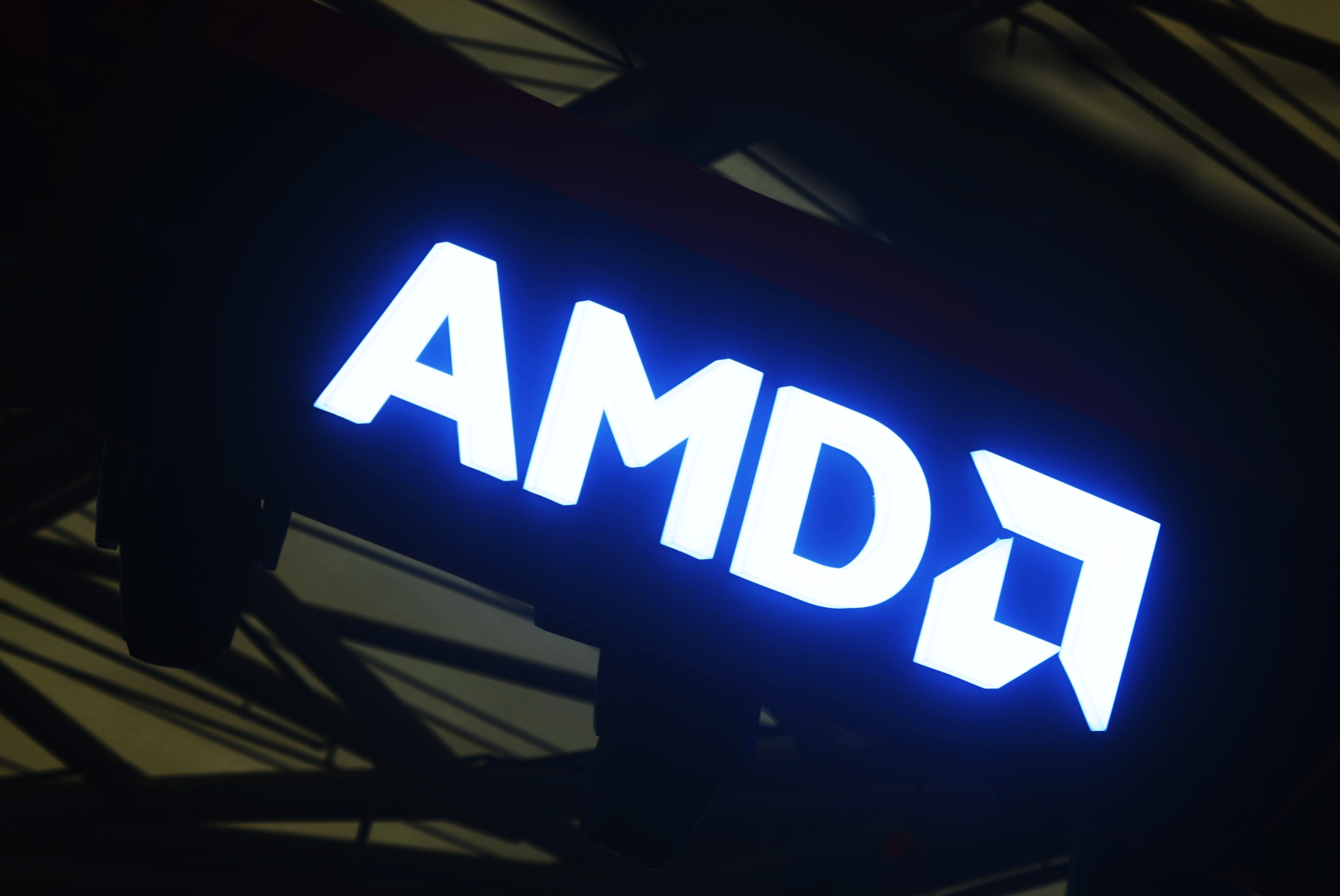
AMD and Microsoft have expanded their partnership to bolster end-to-end compute and software capabilities for the hyperscaler’s enterprise customers.
Unveiled at Microsoft Build 2024, AMD solutions such as its Instinct MI300X accelerators, ROCm open software, Ryzen AI processors and software, and Alveo MA35D media accelerators will support Microsoft offerings such as the Azure OpenAI service and its new virtual machines.
The deal will help underpin a wide array of critical services from Microsoft, according to AMD president Victor Peng.
“The AMD Instinct MI300X and ROCm software stack is powering the Azure OpenAI Chat GPT 3.5 and 4 services, which are some of the world’s most demanding AI workloads,” he said.
“With the general availability of the new VMs from Azure, AI customers have broader access to MI300X to deliver high-performance and efficient solutions for AI applications.”
Kevin Scott, chief technology officer and executive vice president of AI at Microsoft, said the deal showcases the long-standing partnership between the two companies.
“Microsoft and AMD have a rich history of partnering across multiple computing platforms: first the PC, then custom silicon for Xbox, HPC and now AI,” he said.
Get the ITPro daily newsletter
Sign up today and you will receive a free copy of our Future Focus 2025 report - the leading guidance on AI, cybersecurity and other IT challenges as per 700+ senior executives
“Over the more recent past, we’ve recognized the importance of coupling powerful compute hardware with the system and software optimization needed to deliver amazing AI performance and value.
“Together with AMD, we’ve done so through our use of ROCm and MI300X, empowering Microsoft AI customers and developers to achieve excellent price-performance results for the most advanced and compute-intense frontier models. We’re committed to our collaboration with AMD to continue pushing AI progress forward.”
AMD supporting AI advances at Microsoft
First announced in preview in November 2023, the Azure ND MI300x v5 VM series is now available in the Canada Central region for customers to run AI workloads.
Microsoft said these new VMs provide significant HBM capacity and memory bandwidth and will enable customers to fit larger models in GPU memory or use fewer GPUs.
In the long term, this will help reduce power consumption and costs and rapidly accelerate time-to-solution.
RELATED WHITEPAPER
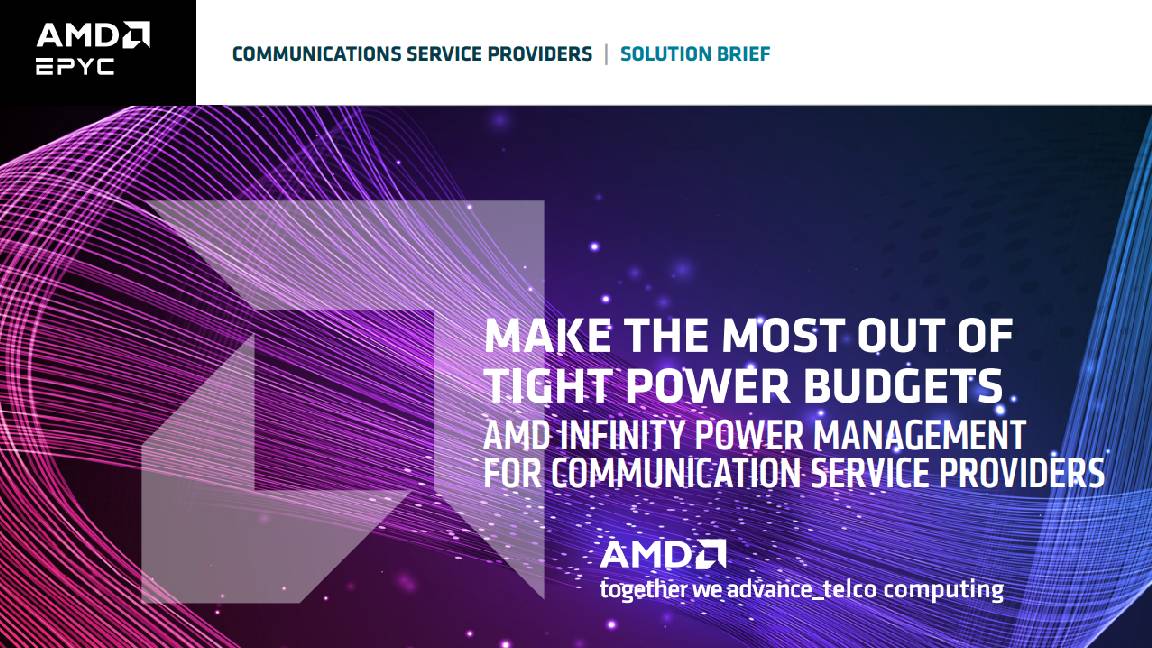
Powered by AMD’s ROCm software, the VMs are also being used for Azure AI production workloads. Microsoft said this will give customers access to GPT-3.5 and GPT-4 models.
Hugging Face sees performance improvements with ND MI300X VMs
One of the first customers to harness the new VMs was Hugging Face, Microsoft and AMD revealed.
The AI company ported their models to the ND MI300X VMs in just one month, which delivered significant performance and price/performance improvements for their models.
As part of the deal, ND MI300X VM customers can now bring Hugging Face models to the new VMs to easily create and deploy NLP applications.
“The deep collaboration between Microsoft, AMD, and Hugging Face on the ROCm open software ecosystem will enable Hugging Face users to run hundreds of thousands of AI models available on the Hugging Face Hub on Azure with AMD Instinct GPUs without code changes, making it easier for Azure customers to build AI with open models and open source,” said Julien Simon, chief evangelist officer, Hugging Face.
Optimizing with AMD Ryzen AI software
AMD also announced that developers can now use Ryzen AI software to optimize and deploy inference on Ryzen-powered PCs.
This software allows applications to run on the neural processing unit (NPU) built on AMD XDNA architecture, which is the first dedicated AI processing silicon on a Windows x86 processor.
This addresses traditional issues when running AI models on a CPU or GPU alone, which can drain battery power rapidly. However, with a Ruzen AI powered-laptop, AI models can operate on the dedicated NPU, which enables users to free up CPU and GPU resources for other tasks.
AMD said this helps to both increase battery life while allowing developers to run on-device AI workloads and concurrent applications more efficiently.
Advancing Video Services and Enterprise Compute
Finally, Microsoft revealed it selected the AMD Alveo™ MA35D media accelerator to power live streaming video workloads. This includes Microsoft Teams, SharePoint video, and others, the firm said.
The Alveo MA35D media accelerator is purpose-built to power live interactive streaming services “at scale”, according to AMD. The company said this will enable Microsoft to ensure high-quality video experiences for users by streamlining video processing workloads, including video transcoding, decoding, and encoding.
Using the Alveo MA35D accelerator in servers powered by 4th Gen AMD EPYC processors, Microsoft will unlock the ability to consolidate cloud Infrastructure by harnessing high channel density, energy-efficient, and ultra-low latency video processing capabilities.
Similarly, the Alveo MA35D features ASIC-based video processing units that will support AV1 compression standards, enabling AI-enabled video quality improvements to provide a “smooth and seamless” video experience for users.
AMD also noted that the deal will support ‘future-ready AV1 technology’. By supporting emerging standards like AV1, the Alveo MA35D “provides Microsoft with a solution that can adapt to evolving video processing requirements.”
ITPro is a global business technology website providing the latest news, analysis, and business insight for IT decision-makers. Whether it's cyber security, cloud computing, IT infrastructure, or business strategy, we aim to equip leaders with the data they need to make informed IT investments.
For regular updates delivered to your inbox and social feeds, be sure to sign up to our daily newsletter and follow on us LinkedIn and Twitter.
-
 Bigger salaries, more burnout: Is the CISO role in crisis?
Bigger salaries, more burnout: Is the CISO role in crisis?In-depth CISOs are more stressed than ever before – but why is this and what can be done?
By Kate O'Flaherty Published
-
 Cheap cyber crime kits can be bought on the dark web for less than $25
Cheap cyber crime kits can be bought on the dark web for less than $25News Research from NordVPN shows phishing kits are now widely available on the dark web and via messaging apps like Telegram, and are often selling for less than $25.
By Emma Woollacott Published
-
 What is exascale computing? Exploring the next step in supercomputers
What is exascale computing? Exploring the next step in supercomputers60 years after the birth of the first supercomputers, we are entering a new era
By Jane McCallion Published
-
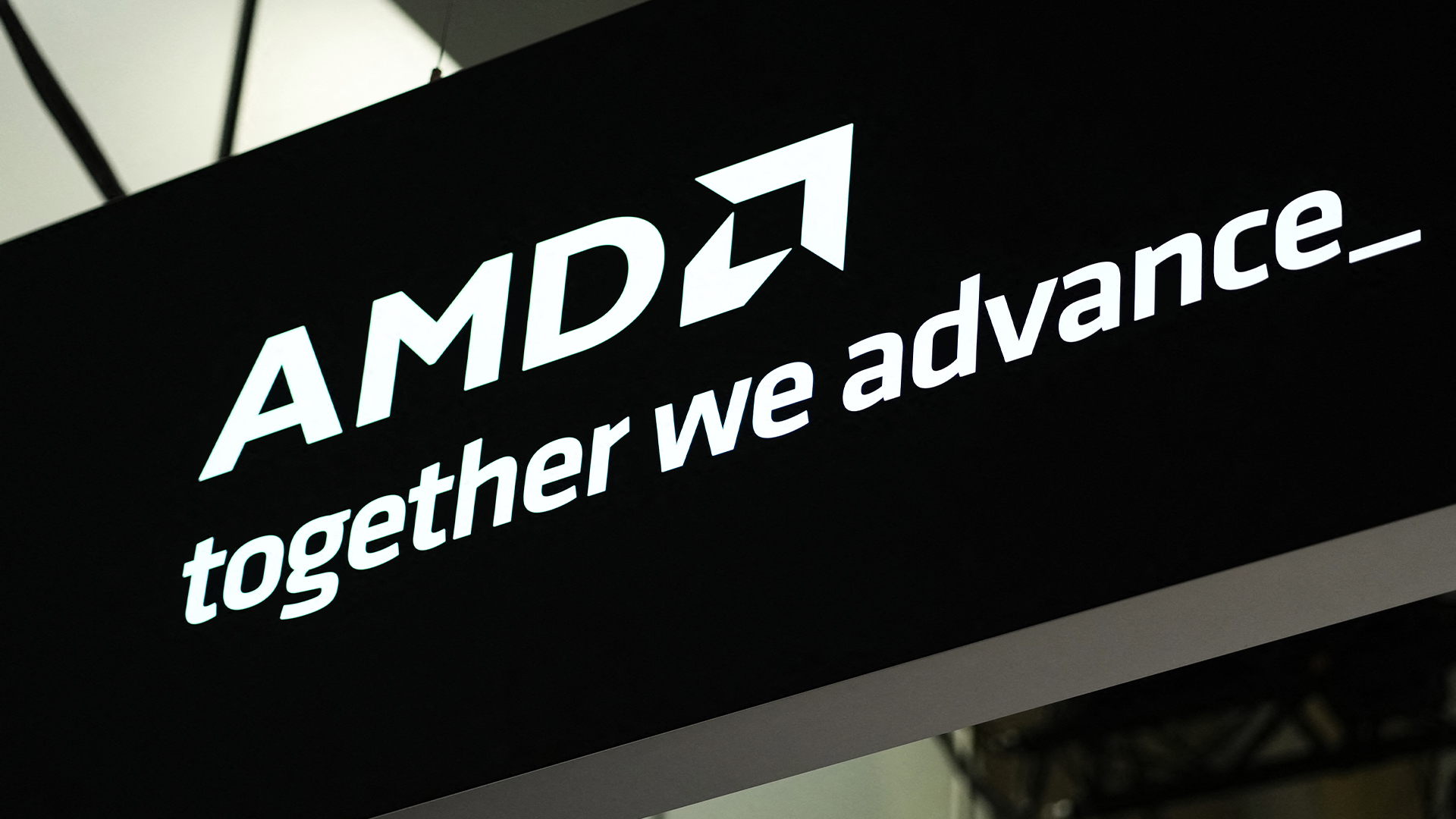 AMD has put in the groundwork for a major AI push while the tech industry has fawned over Nvidia
AMD has put in the groundwork for a major AI push while the tech industry has fawned over NvidiaAnalysis The processor giant will be keen to use its AMD Advancing AI Event in San Francisco to capitalize on recent successes
By Ross Kelly Published
-
 Empowering enterprises with AI: Entering the era of choice
Empowering enterprises with AI: Entering the era of choicewhitepaper How High Performance Computing (HPC) is making great ideas greater, bringing out their boundless potential, and driving innovation forward
By ITPro Last updated
-
 AMD’s acquisition spree continues with $665 million deal for Silo AI
AMD’s acquisition spree continues with $665 million deal for Silo AINews The deal will enable AMD to bolster its portfolio of end-to-end AI solutions and drive its ‘open standards’ approach to the technology
By Ross Kelly Published
-
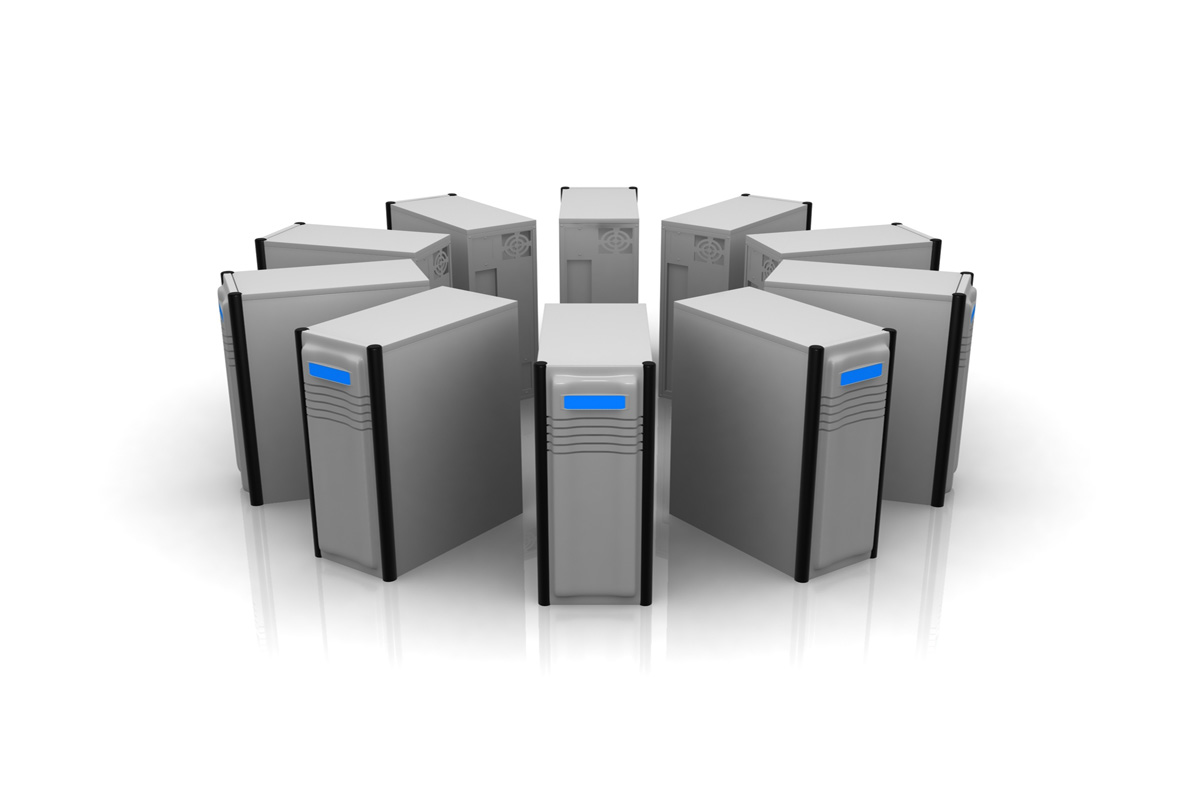 AMD retains its position as the partner of choice for the world’s fastest and most efficient HPC deployments
AMD retains its position as the partner of choice for the world’s fastest and most efficient HPC deploymentsSupported content AMD EPYC processors and AMD Instinct accelerators have been used to power a host of new supercomputers globally over the last year
By ITPro Published
-
 What do you really need for your AI project?
What do you really need for your AI project?Supported content From GPUs and NPUs to the right amount of server storage, there are many hardware considerations for training AI in-house
By ITPro Published
-
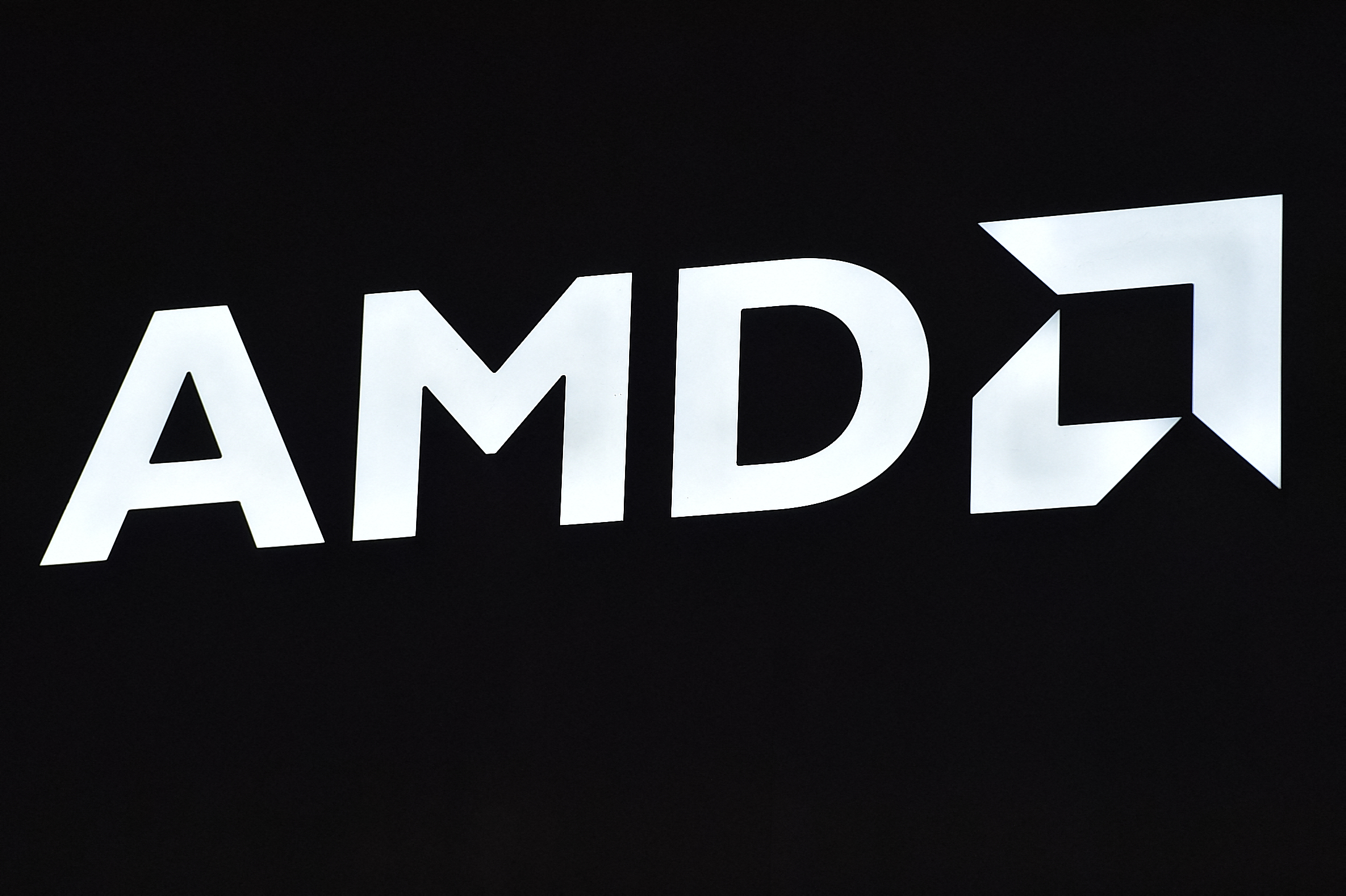 AMD reveals MI300 series accelerators for generative AI
AMD reveals MI300 series accelerators for generative AISupported editorial MI300X is the star of the new family of processors with AMD ‘laser-focused’ on data center deployment
By ITPro Published
-
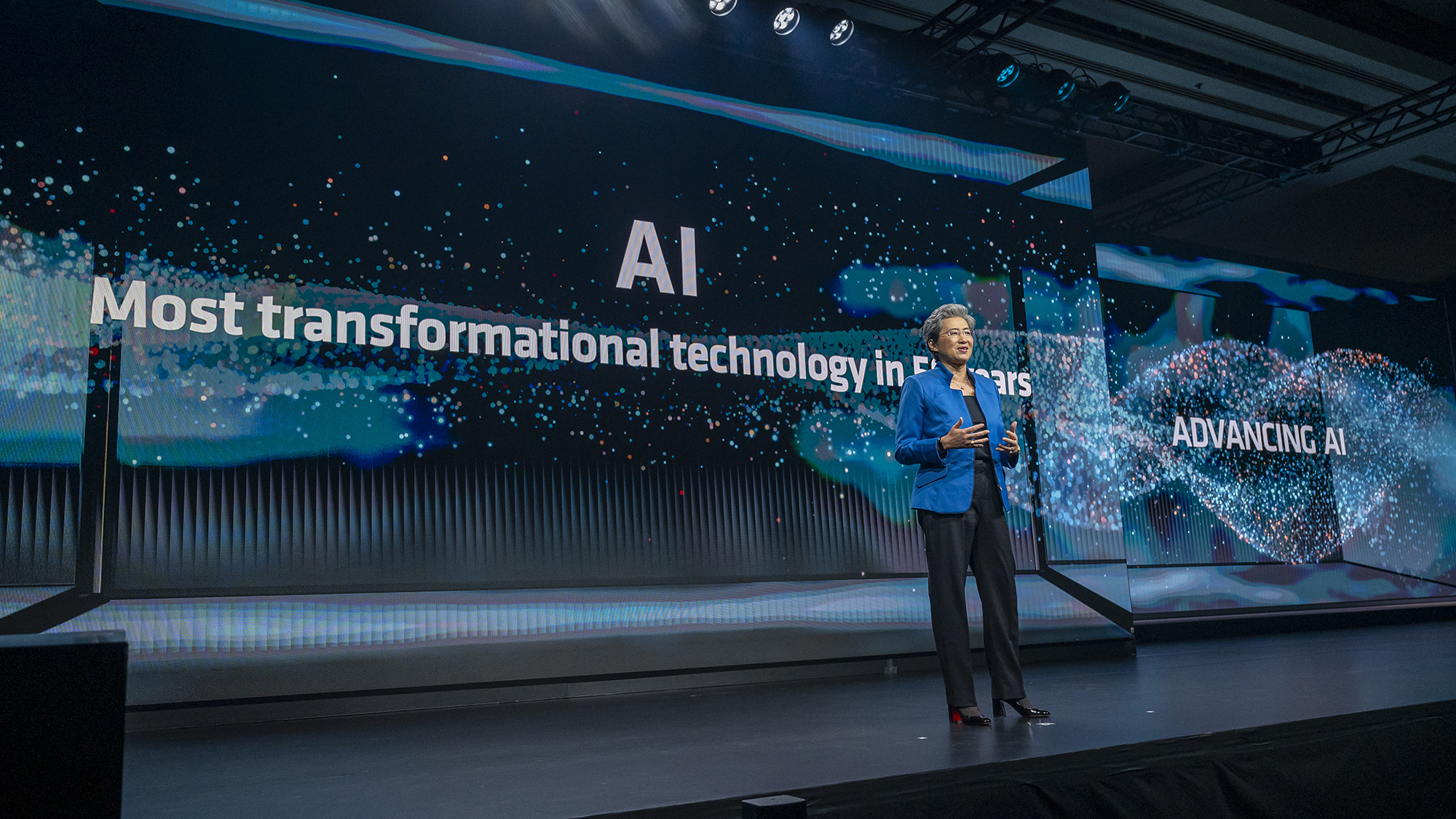 AMD celebrates AI advances with partner event
AMD celebrates AI advances with partner eventSupported editorial Advancing AI summit showcased how AMD is working with tech companies to bring its chips to the fore
By ITPro Published
